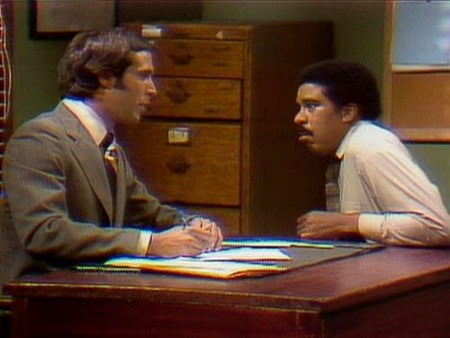In EEOC v. Freeman (D. Md. 8/9/13) [pdf], the U.S. District Court for the District of Maryland dismissed a race discrimination lawsuit filed by the EEOC. Consistent with its Enforcement Guidance on the Consideration of Arrest and Conviction Records in Employment Decisions under Title VII, the EEOC alleged that Freeman’s criminal background checks on all job applicants violated Title VII by disparately impacting African-American job seekers.
In dismissing the lawsuit, the Court focused on the factual failings of the EEOC’s statistical expert. Eric Meyer’s Employer Handbook Blog has the details of the Court’s opinion.
The opinion also provides the most scathing indictment to date of the EEOC’s position on the use of criminal background checks by employers. Despite its length, it’s worth reprinting in its entirety.
For many employers, conducting a criminal history or credit record background check on a potential employee is a rational and legitimate component of a reasonable hiring process. The reasons for conducting such checks are obvious. Employers have a clear incentive to avoid hiring employees who have a proven tendency to defraud or steal from their employers, engage in workplace violence, or who otherwise appear to be untrustworthy and unreliable….
The present case is only one of a series of actions recently brought by the EEOC against employers who rely on criminal background and/or credit history checks in making hiring decisions. For example, in two recent complaints filed against discount retailer Dollar General Corp. and car manufacturer BMW, the EEOC claimed that those employers improperly used criminal background checks to bar potential employees, resulting in a disparate impact on African-American applicants….
Indeed, the higher incarceration rate [of African-Americans than Caucasians] might cause one to fear that any use of criminal history information would be in violation of Title VII. However, this is simply not the case. Careful and appropriate use of criminal history information is an important, and in many cases essential, part of the employment process of employers throughout the United States. As Freeman points out, even the EEOC conducts criminal background investigations as a condition of employment for all employees, and conducts credit background checks on approximately 90 percent of its positions….
By bringing actions of this nature, the EEOC has placed many employers in the “Hobson’s choice” of ignoring criminal history and credit background, thus exposing themselves to potential liability for criminal and fraudulent acts committed by employees, on the one hand, or incurring the wrath of the EEOC for having utilized information deemed fundamental by most employers. Something more, far more, than what is relied upon by the EEOC in this case must be utilized to justify a disparate impact claim based upon criminal history and credit checks. To require less, would be to condemn the use of common sense, and this is simply not what the discrimination laws of this country require.
This case is an important first step towards a reasoned and rational understanding of the role of criminal background checks for employers. The Freeman case, however, will not be the final word. District courts nationwide will face this issue and, depending on the judge hearing the case, will agree or disagree with the EEOC’s hard-line position. It will then be up to the appellate courts, and, hopefully, the Supreme Court, to have the final say.
In the meantime, employers need to understand that criminal background checks are the EEOC’s hit list. Regardless of how this issue ultimately plays out, using a conviction record as a disqualifying factor for employment without engaging in the individualized inquiry required by the EEOC’s Enforcement Guidance will raise the EEOC’s ire and could subject an employer to an enforcement lawsuit.
I am hopeful that, in the end, common sense will prevail and rescue employers from the Hobson’s choice recognized by the Freeman court. Until then, these practices remain risky. Employers will have to balance the risk of an EEOC enforcement action against the benefit to be gained from the access to and use of criminal conviction records in hiring and employment.



